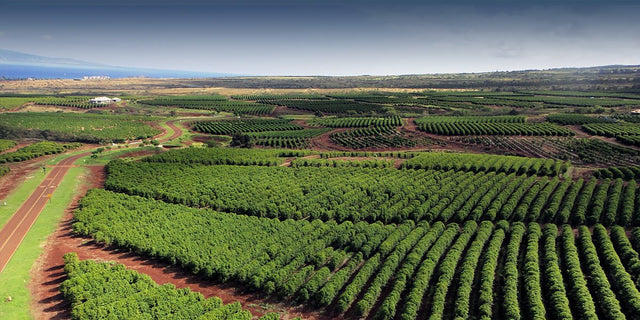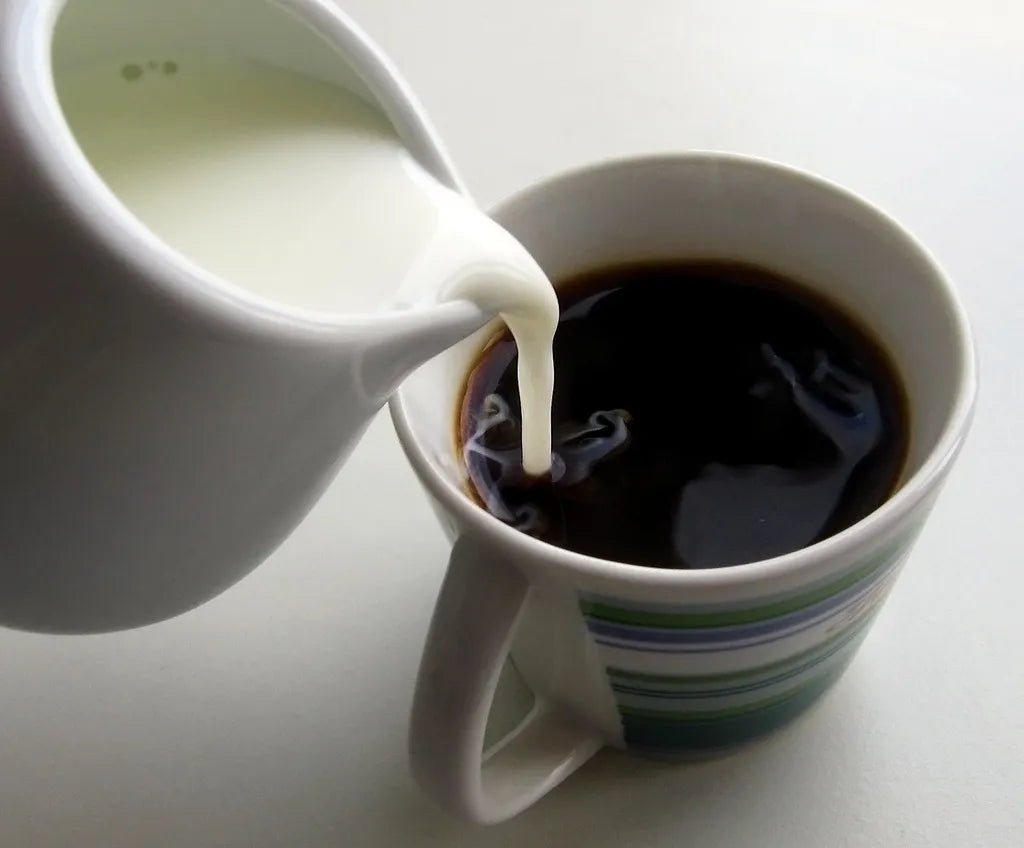When it comes to coffee, it’s not just about the beans. The popular accessory to coffee, milk, has quietly been on a transformative journey of its own. Over the years, the type of milk we swirl into our coffee has significantly evolved, mirroring dietary trends, health awareness, and even environmental concerns.
Where Coffee Meets Milk
A century ago, coffee drinkers had two primary choices: black or with a splash of cow's milk. In post-war America, non-dairy creamers made a debut, offering a longer shelf life and a cheaper alternative. Despite their synthetic nature, they carved a niche in the market and persist in certain quarters to this day.
The next significant change came with the advent of low-fat and fat-free dairy products in response to the low-fat diet trend of the 1980s and 1990s. Consumers switched from whole milk to skimmed versions, influenced by a health narrative that espoused cutting fats to manage weight and heart health.
Milk Alternatives
Fast forward to the 21st century, the world saw an increasing number of individuals adopting vegan, lactose-free, or dairy-free diets, triggering a surge in the popularity of plant-based milks. Soy milk was the forerunner, providing a creamy, protein-rich alternative to dairy. But as awareness about its potential health implications grew, other plant-based alternatives started gaining traction.
Enter almond milk, oat milk, rice milk, coconut milk, and even pea milk, each with its unique flavor and texture. Almond milk, with its light and slightly sweet taste, became popular among those looking for lower-calorie options. Oat milk, with its creamy consistency and minimal environmental impact, emerged as a favorite among baristas.
Conclusion
Today, the choice of 'milk' in your coffee is not only a statement about your flavor preference but also mirrors your dietary choices, health concerns, and environmental ethos. It's no longer about simply 'lightening up' your cup of joe, but a nuanced decision in your coffee ritual.
This evolution reflects our continuous quest for personalization, extending our coffee experience beyond the brew and demonstrating that the future of coffee, and what we put in it, is as diverse as those who drink it.
More stories

How a Coffee Farm Works

